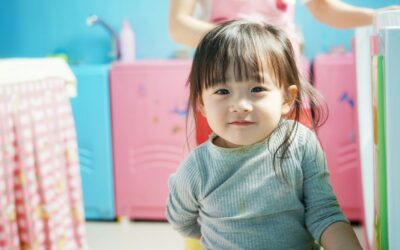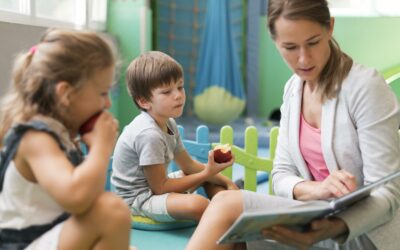Thousands of Nebraska children will begin kindergarten in a few weeks, and they will arrive at school that first day with varied abilities, at different developmental levels and with different learning styles. Some students will be verbal learners who find listening to dialogue most helpful, others will be more visual and learn best by reading or seeing pictures.
Their earliest years prior to entering a formalized school system will significantly affect their ability to succeed in the classroom. The stakes are high during the early years when rapid, fundamental growth occurs that sets the stage for the type of learning style a child will develop. Whether school years are productive for children or they become a challenge depends much on the nature and quality of their earliest environments and experiences.
This is a story about Mrs. Peatrow—an actual experiment conducted in a Nebraska kindergarten classroom. The teacher announced that a guest would be visiting their class, and she asked the children to be quiet, pay attention and, afterward, they would be asked to draw a picture of Mrs. Peatrow and to discuss her visit. It was an experiment to examine the students' ability to recall details and follow instructions, focus on a task and even hold a pencil properly. Here are some of the pictures the children drew:
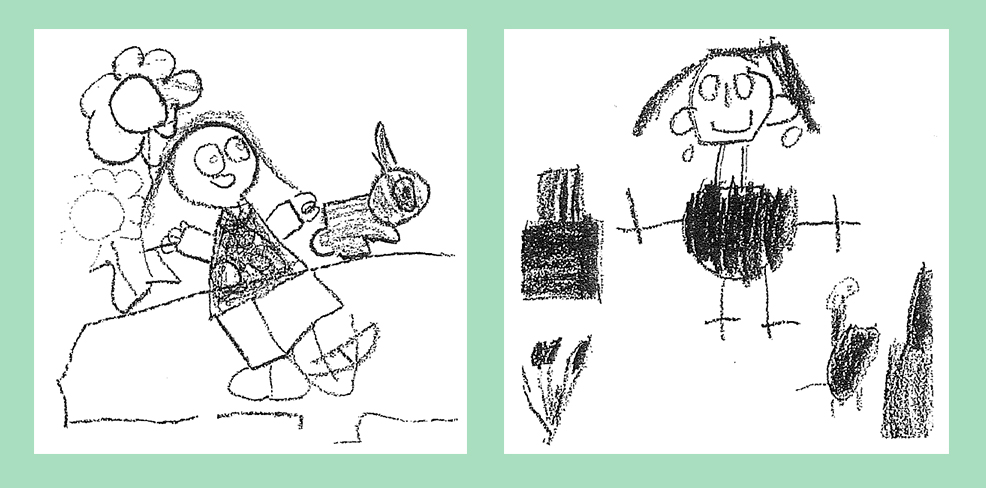
These first two pictures are both detailed, but one is more intricate. They demonstrate knowledge of fundamental shapes like circles, triangles and squares; the details that these two children observed and remembered is quite astounding. We know that Mrs. Peatrow had flowers and an animal with her. In the first picture, Mrs. Peatrow has a print dress, shoes, and well-defined arms, hands and legs. Both children demonstrate an understanding of basic shapes and objects, and they were able to display them in context and perspective. Children who can produce a drawing with this level of detail have strongly developed observational skills and no doubt had engaged adult role models in their early years to help them formulate and articulate these abilities. These children are prepared for the kindergarten classroom.
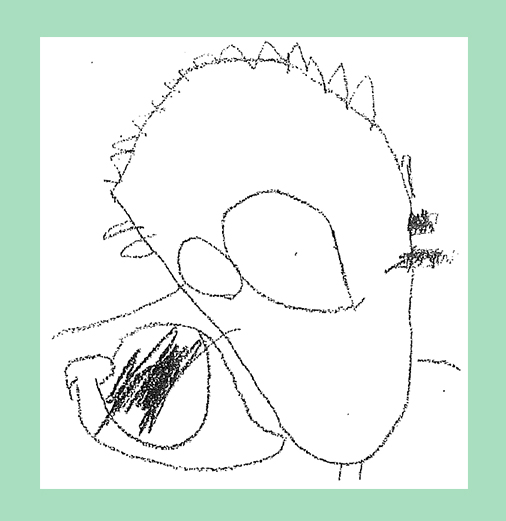
The child who drew this picture has some basic knowledge of fundamentals and objects—drawing a circle to reflect Mrs. Peatrow’s face, eyes in the right place, hair on top her head and some type of animal with her. This child may have difficulty processing a situation and then reflecting it back through a drawing, or may have trouble focusing and remembering details. Although this student may have limited skills and abilities, with careful guidance and quality adult interactions, he or she most likely will be able to take advantage of what kindergarten has to offer.
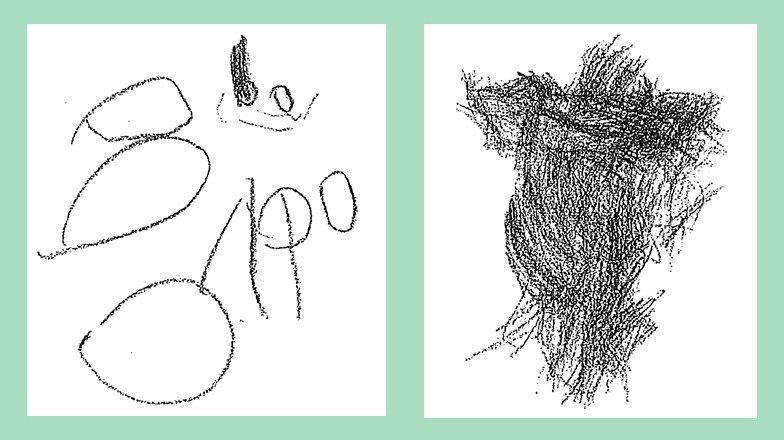
The last two pictures tell quite a different story. The image on the left illustrates a lack of basic understanding of concepts and how to correlate them to certain objects—then reflect them on paper. This child likely will require special attention in school. The final image doesn’t need much explanation. A child who doesn’t know where to start with the assignment begins his education journey at a severe deficit.
Mrs. Peatrow shows us that children walk into kindergarten with different abilities and academic needs. Kindergarten teachers say they recognize on Day 1 the children who will succeed and those who will struggle. The early years matter—the kinds of experiences and environments our youngest children encounter determine their path—and it’s up to the adults in children’s lives to make sure that path is a solid one.

